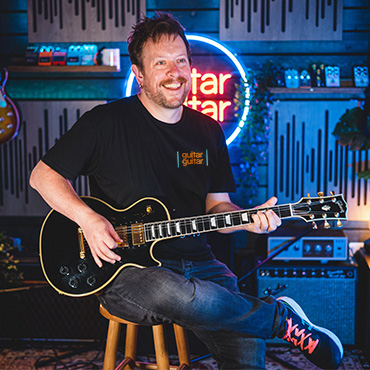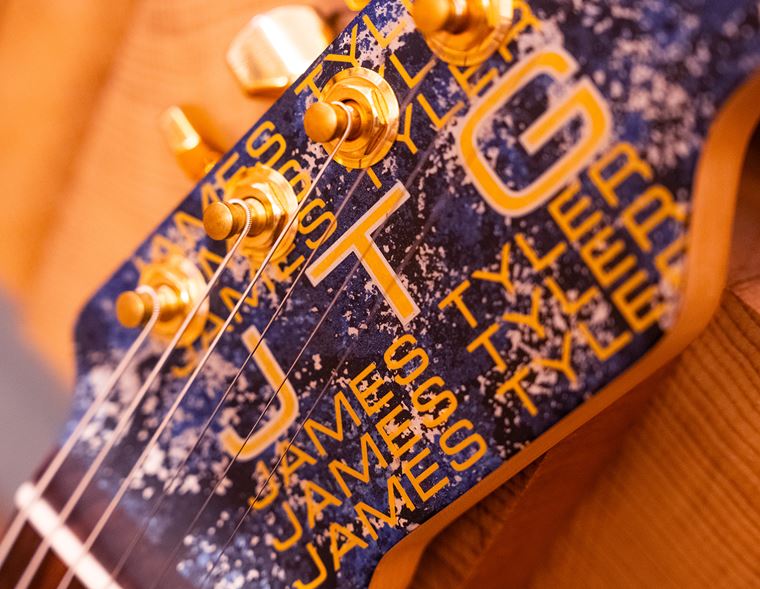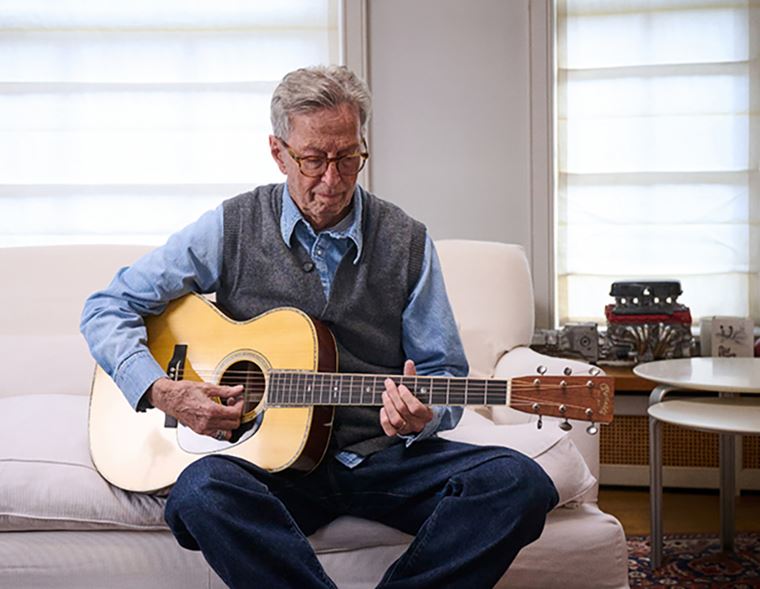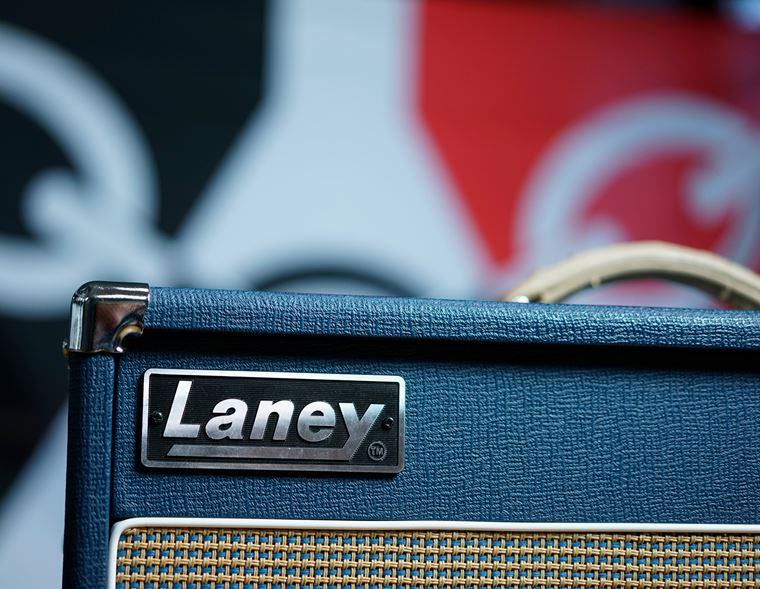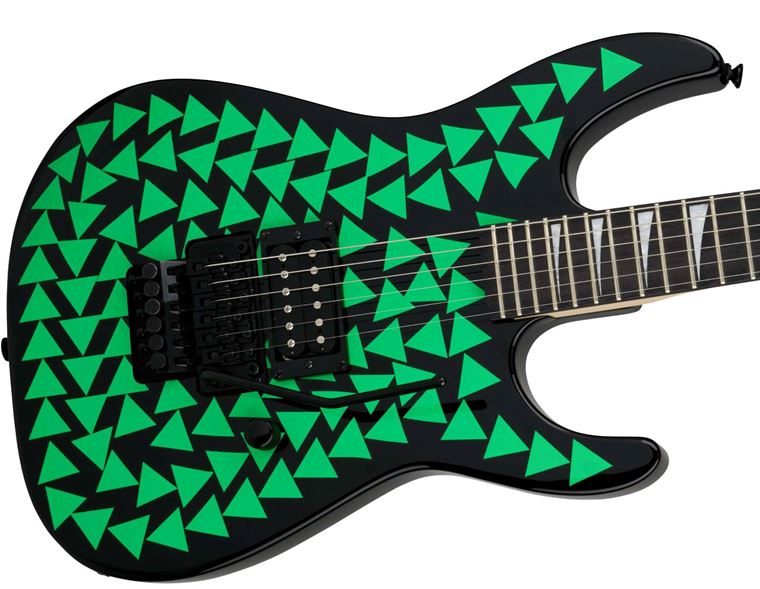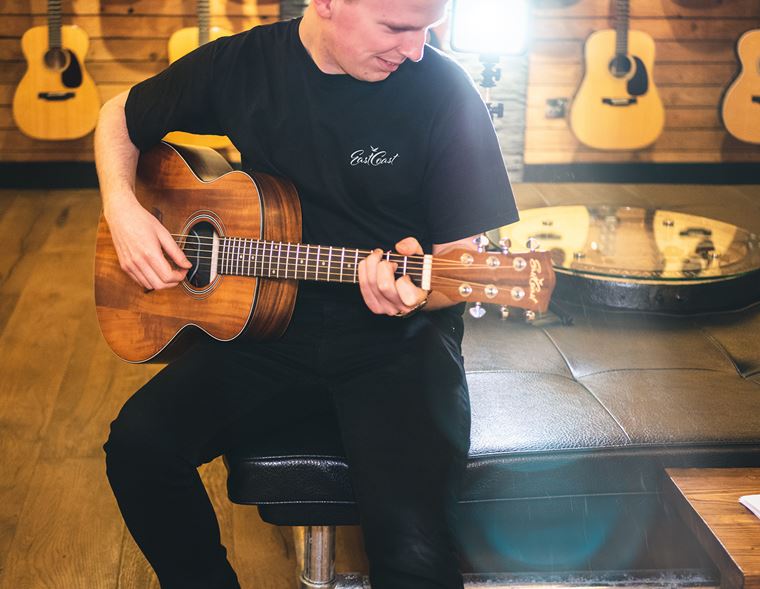Why You Need a Gibson Custom Shop Les Paul Standard
Published on 10 February 2025
Every dedicated guitarist deserves a good Les Paul as a prime addition to their guitarmoury. As one of the two or three most significant electric guitar designs in history, the Les Paul is quite beyond notions of ‘like’ and ‘dislike’: it’s a veritable icon with a sound that no other guitar delivers.
Now, not all Les Pauls are born equal. There are affordable stripped back models, there are licensed far-eastern imports and there are copycats aplenty, but only Gibson create actual Les Paul guitars, made in Nashville, Tennessee. All Gibson USA Les Pauls are created here, and that includes those incredible Gibson Custom Shop models…
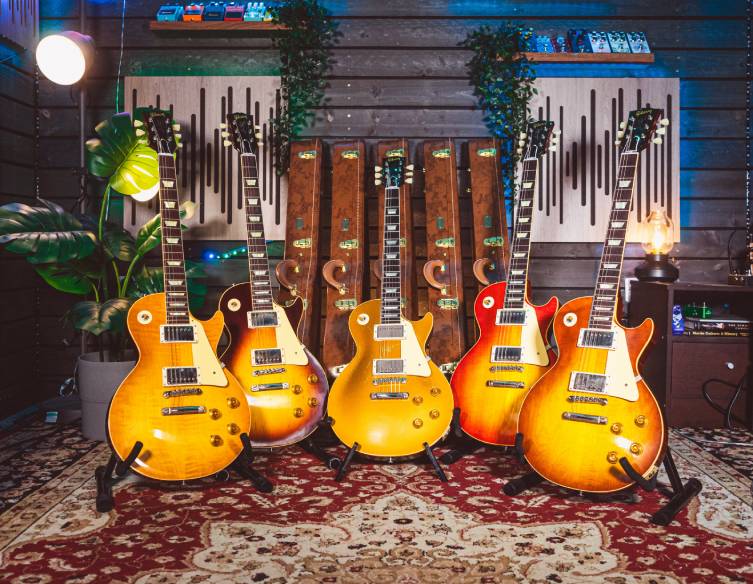
Contents
Gibson Custom Shop Les Pauls 1957 and 1958
Gibson Custom Shop
Gibson’s Custom Shop is an exclusive location within the Gibson USA facility where the greatest Les Pauls ever are built. Completely accurate recreations of actual vintage examples, each hand made Gibson Custom Shop guitar is a work of art, a top tier instrument and one of the greatest playing experiences on offer.
They make a wide selection of historical Gibson models here from Juniors to ES-335s, but today my eye is focussed on the Les Paul Standards from 1957 and 1958.

Late 50s Les Pauls
Here’s a tiny bit of history to paint you a picture…
The Gibson Les Paul was released in 1952 with a trapeze tailpiece and a set of P90 pickups. Finished in gold, it’s close to what we know today as a Les Paul Standard but in fact, the archetypal LP Standard didn’t show up until 1957. This was the year Seth Lover invented the glorious Patent-Applied-For (and since granted, regardless of the nickname) humbucker pickup. This appeared on Les Pauls from 1957 onwards, whilst the P90 became less popular. On top of this, Les Pauls in 1957 now had tune-o-matic bridges and ‘stop’ tailpieces, which added a huge chunk of sustain to the guitar’s sound.

1957 is where the legendary Les Paul tone starts, not before.
In 1957, gold was still the colour, or Ebony if you went for the Les Paul Custom, a different guitar altogether. A year later, Gibson released the ‘Gibson Les Paul Sunburst’, which you know all about! This run, from 1958 until 1960, gave the world its most revered, lusted after and most-imitated guitar. It’s fair to say that all Les Paul Standard models since 1960 have based their blueprint on these hallowed instruments.
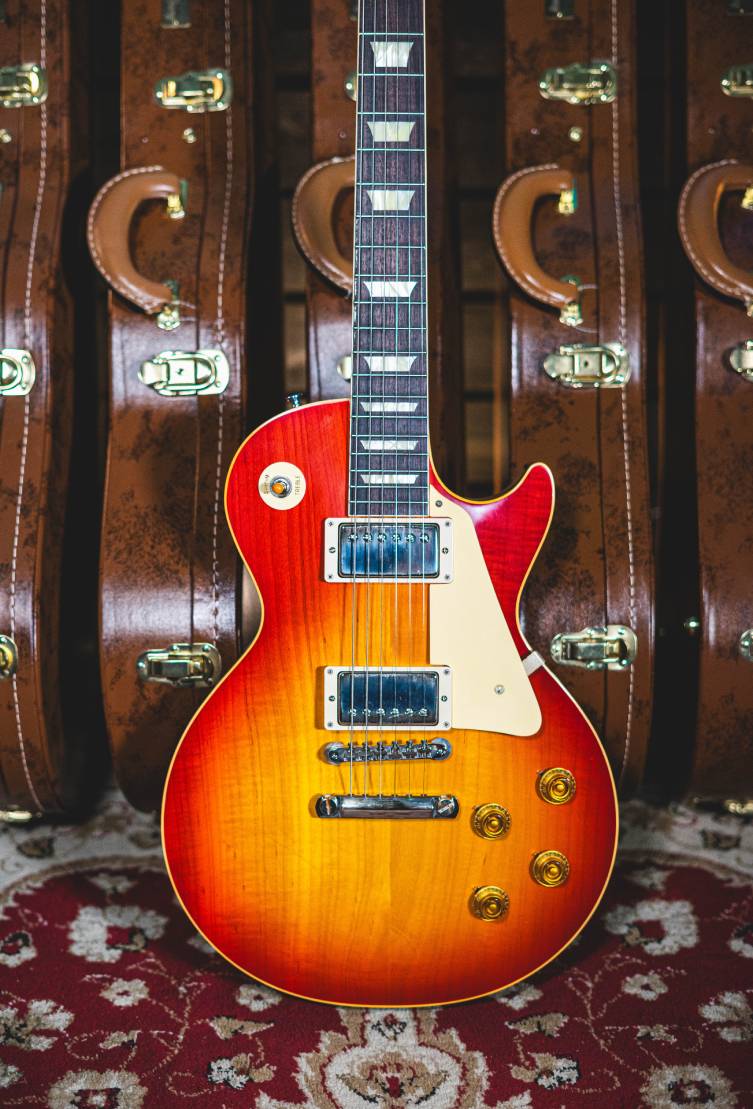
Darkbacks
You’ll hear the term ’darkback’ (it can be one word or two) used often when talking about 50s Goldtops. What does it mean?
A ‘darkback’ is a Goldtop with (sorry if this sounds patronising) a very dark colour on the back and sides of the body. The top is that rich metallic gold, and the rest (including the neck) is a rich dark brown. It’s still transparent - usually - and just looks really gorgeous when paired with the metallic gold.
Now, it’s a fact that lots of LPs in the 1956-58 era had this darkback finish, but not all of them had it. Gibson didn’t have steadfast rules about things like this back then, so you see inconsistencies like this happening a lot when assessing vintage guitars. Some Goldtops from this period had darkbacks, and others did not. The dates and the serial numbers aren’t linear in terms of dating specific period, so it seems the darkback finish was a ‘now and again’ affair.
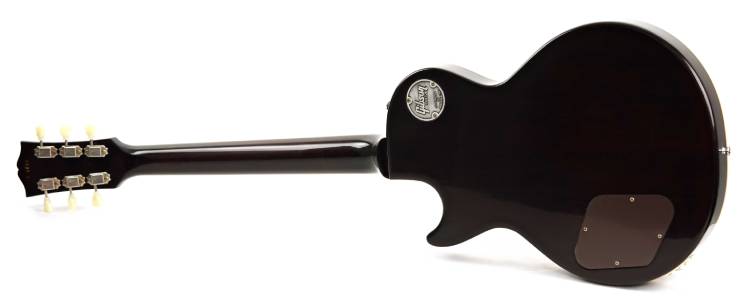
What this does mean is that nowadays, the Gibson Custom Shop can be selective about what they want to recreate. They can choose a darkback or a more regular mahogany look to the back of their goldtop reissues, so there’s scope to get exactly what one wants.
We wanted darkbacks to sell and that’s precisely what we have for you!
Gibson Custom Shop Les Pauls 1957 and 1958
Indeed, the inspiration for writing this article today was a long-awaited delivery of Les Pauls from the Gibson Custom Shop. We have a number of 1957 Darkback Les Paul Goldtops and a fantastic selection of 1958 Custom Shop Les Paul Standards in four beautiful finishes. The spec - which I’ll get to in just a second - is very similar for all guitars, since Gibson didn’t change anything much except the finish between 1957 and 1958. In creating these guitars, the artisans at the Gibson Custom Shop have been as painstaking as they’re famous for being, with neck profiles and dish carves (the contours of the Les Paul’s maple top, which is always carved out by hand at the Custom Shop) being recreated directly from scans of original vintage guitars.
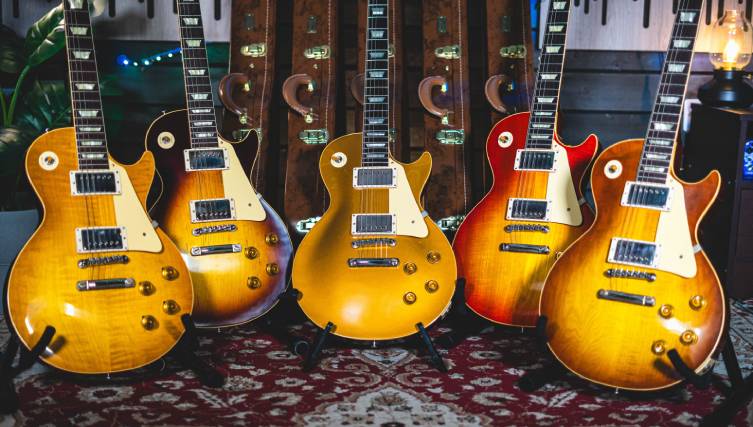
So, here are the tantalising features shared by all of the guitars in this particular Custom Shop order:
- One-piece lightweight mahogany body with a two-piece plain maple top
- Period-correct plastics and control knobs
- Alnico III Custombucker pickups, specially wound for the era
- Colour-matched gold finish on the 57 models, expertly recreated bursts on the 58s (more details below)
- Perfectly recreated 1957-58 ‘Chunky C’ shape neck
- Indian rosewood fingerboard with narrow/tall frets
- CTS 500k audio taper tops for a more open, clear sound
Now that is pretty much the perfect roll-call sheet for a Les Paul!
The Necks
As many of you know, the necks of Les Pauls from 1958, 1959 and 1960 are all historically a little different. In reality it’s not quite as clear cut as that (I can personally attest to this from hands-on experience of vintage Les Pauls) but in general terms, necks from 1958 are the chunkiest, those from 1960 are skinniest (still nowhere near a modern skinny neck) and the 1959 necks lie somewhere in between.
As a guitar player, I’d say you really need to have a shot on one of these chunky 1957-58 necks to see what all the fuss is about! Even if you are an intricate lead player, I think you owe it to yourself to see what happens to your playing when you have your hands on one of these!
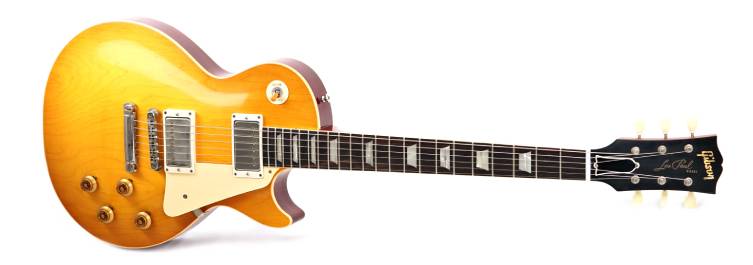
The Finishes
Anyway, I said that we had these gorgeous specimens in a number of finishes. We’ve covered the 1957 Darkback Goldtops in detail already, so what about the 1958 Standards?
We’ve got four historical shades of burst here for you. All of them are on lovely 2-piece slices of plain maple, because we realised that we already have a wonderful selection of figured maple Les Pauls available, and lots of players actually prefer the slightly understated plain tops.
Why do we have four colours of Sunburst? Well, Gibson’s Custom Shop actually offer a whole lot more than four, but we chose these to best represent the variety that exist in ‘real life’, as it were. Now, back in the late fifties, Gibson had one option for Sunburst. Why do we have so many today?
Easy answer, and it’s down to two things. Firstly, the ageing process has shown us how Sunburst can change over the years as it is exposed to light and other elements. Typically, the Cherry Red part of the burst is the first to fade, turning orange and in some cases almost disappearing completely. That explains the Lemon Burst finish.
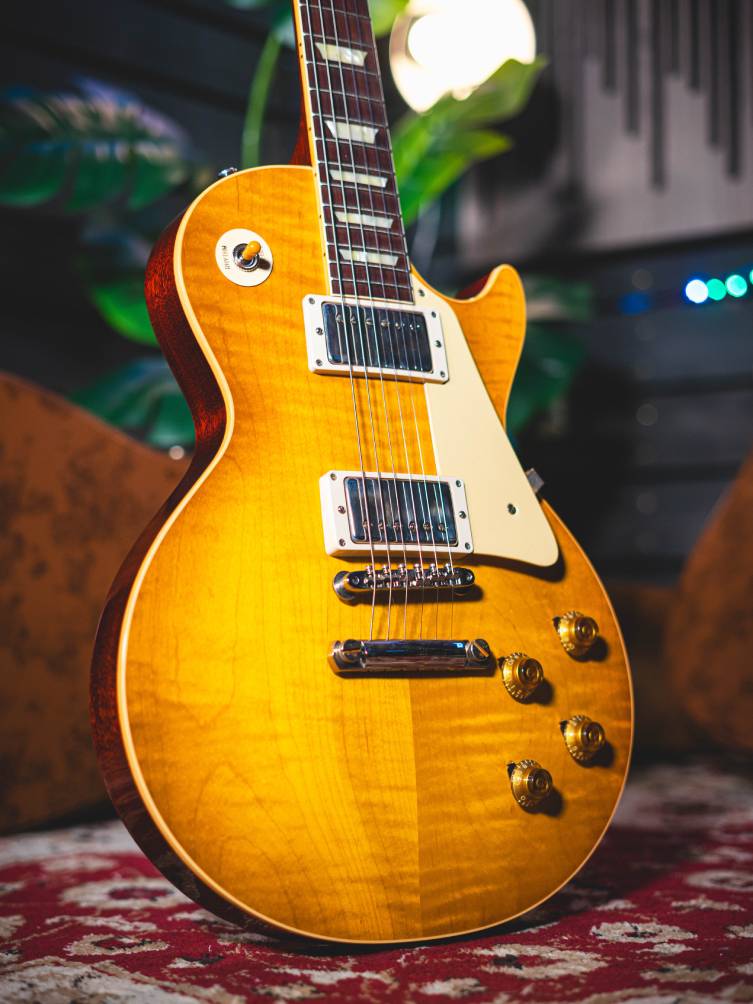
The Iced Tea finish is where the Cherry has faded a little less, and is still showing as a wonderful orange colour that transitions into the amber.
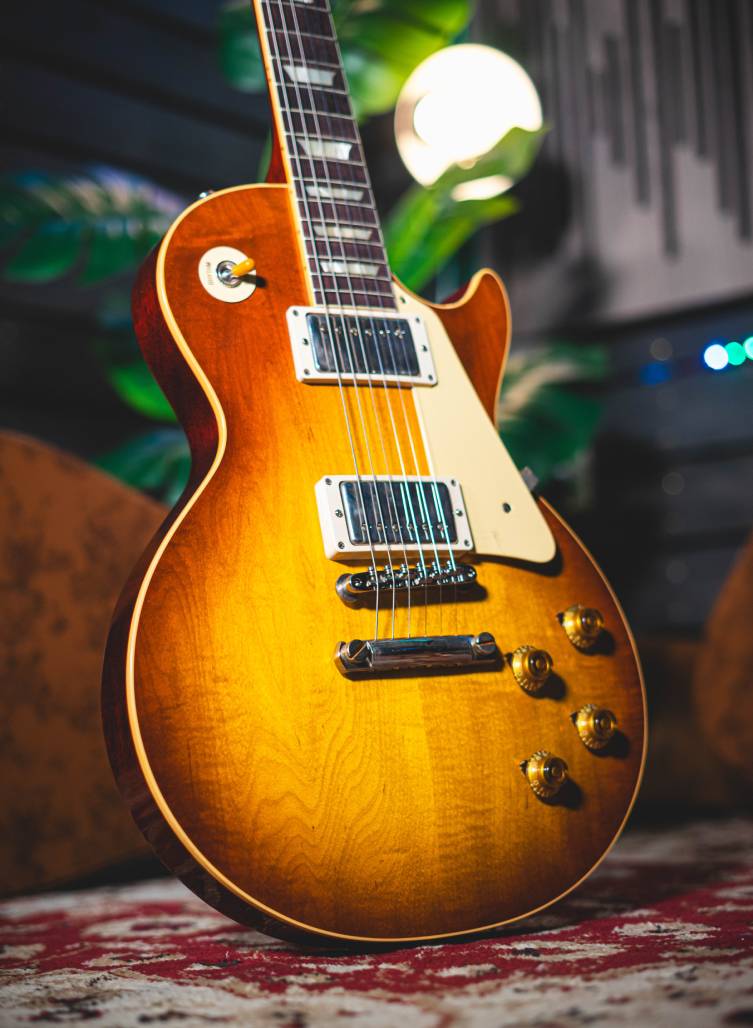
The Washed Cherry is perhaps the closest of our choices to how the guitar might have looked back in the day, but for the patina of age afforded by the Custom Shop VOS finishing process. There’s still plenty of red there, but put it next to a non Custom Shop Les Paul and you’ll see the difference.
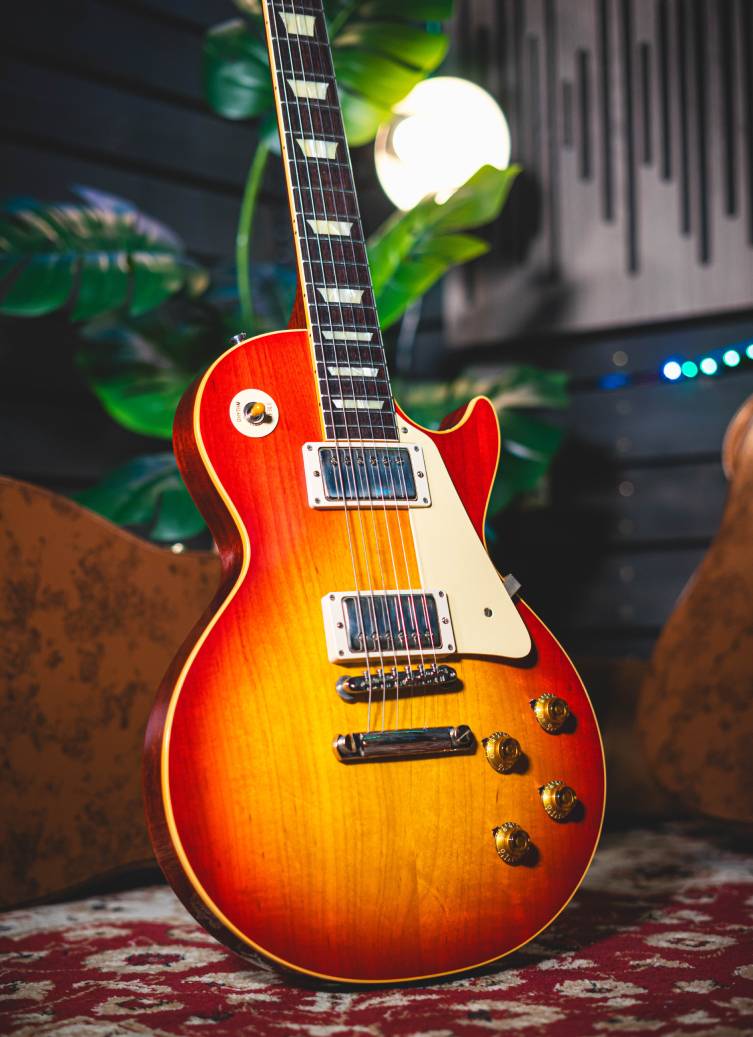
The final one - Bourbon Burst - is a little more interesting. Now, I’m here to give you facts, not mythology, and there are a ton of stories that surround vintage Les Pauls. This one, though, seems to be more true than otherwise, so here it is. The darker Sunburst finishes like this which contain dark reds and browns are absolutely based on provable historic examples. Have a look at the famous Beauty of the Burst book and you’ll quickly see what I mean.
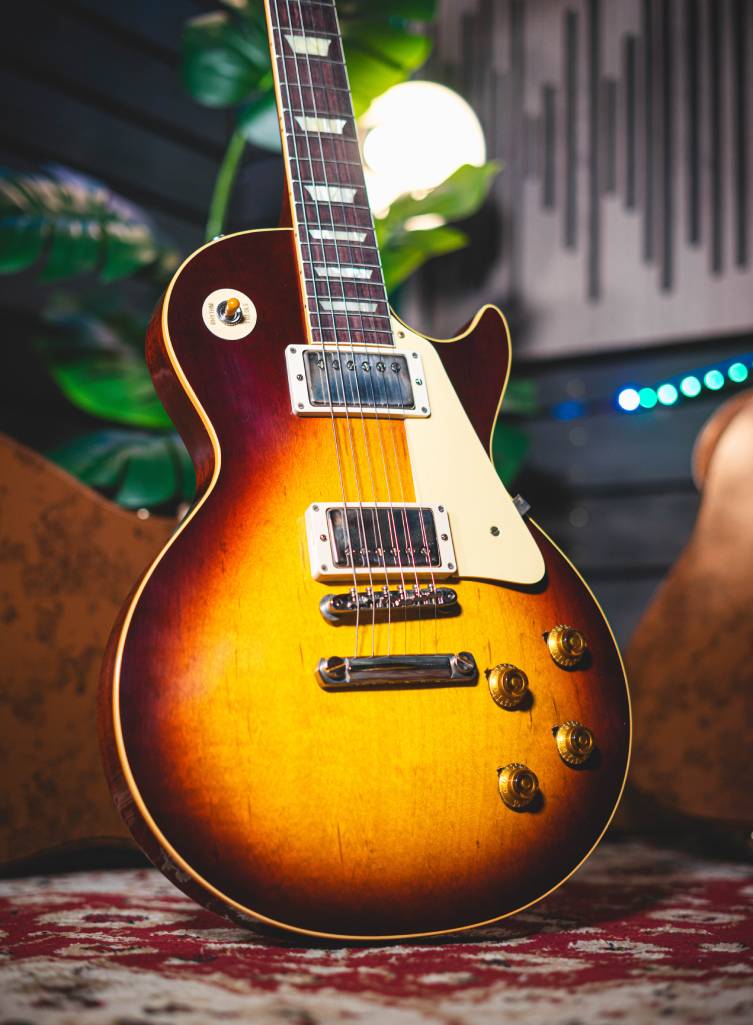
The reason these darker colours were introduced on a pretty inconsistent basis was apparently to disguise visual ‘defects’ in the timber. Burls or little flecks of differing grain would be seen through the transparent colours of the Sunburst finish (not a problem for Goldtops or Ebony Customs of course!), so the builders would spray some darker shades of colour - a mix of cherry red and perhaps the brown they had in the workshop for the darkbacks - around the edges of the guitar to disguise these so-called blemishes.
The big tell is that the back and sides of the guitar generally didn’t have quite such a dark colour on them (it can be very close but check our pics to see what I mean, this is based on real examples too), which is just another strange-but-true part of the Gibson mythos! This contrast between the dark top edges and the cherry sides is actually a big draw for aficionados, which is why we’ve kept it this way for our order.
Now is the Time
Whilst the main message in this blog is to pass on knowledge about some pretty special Gibson Custom Shop Les Pauls and get you excited about them, I’d be remiss if I didn’t at least mention the fact that we bought a large number of them in order to offer them to you at a better price. These are currently selling - at time of writing (February 2025) - for the price they were around ten years ago. I honestly do not know when and if we’ll see such quality at this price again, so as much as it’s a blatant sales pitch, I feel like you’d be annoyed if you were interested in this type of guitar, only to find that the offer had passed you by. We'll have guitars like this in the future - there’s no doubt about that - but I don’t know if we’ll have them for sale at such an excellent price.

If you love Les Pauls, and are looking to get that real ‘guitar for life’ then this might be the moment to make those Les Paul dreams come true, There’s nothing like these out there in the market, and there are none at this price.
With that said, thanks for reading! Here's a video if you'd like to hear them in action:
Click to View our Latest Gibson Custom Shop Les Pauls

